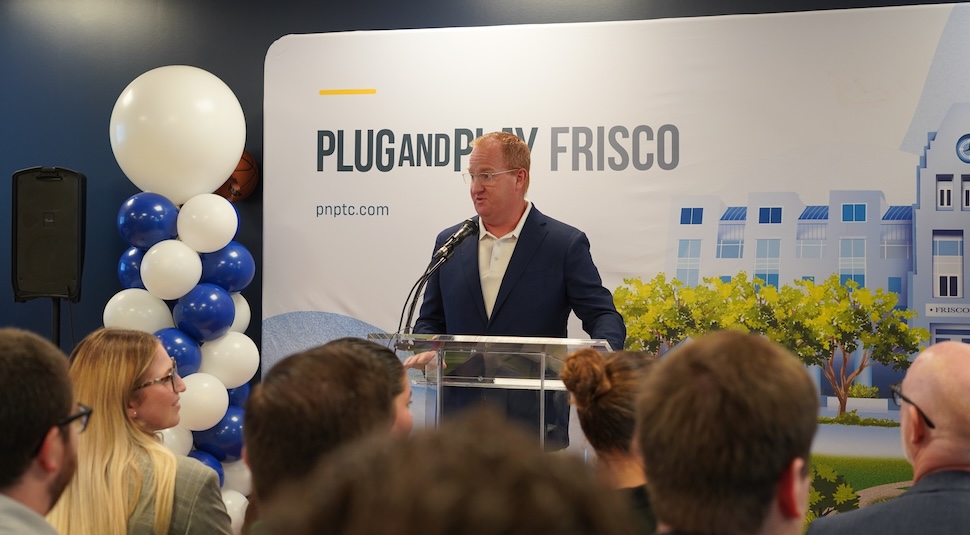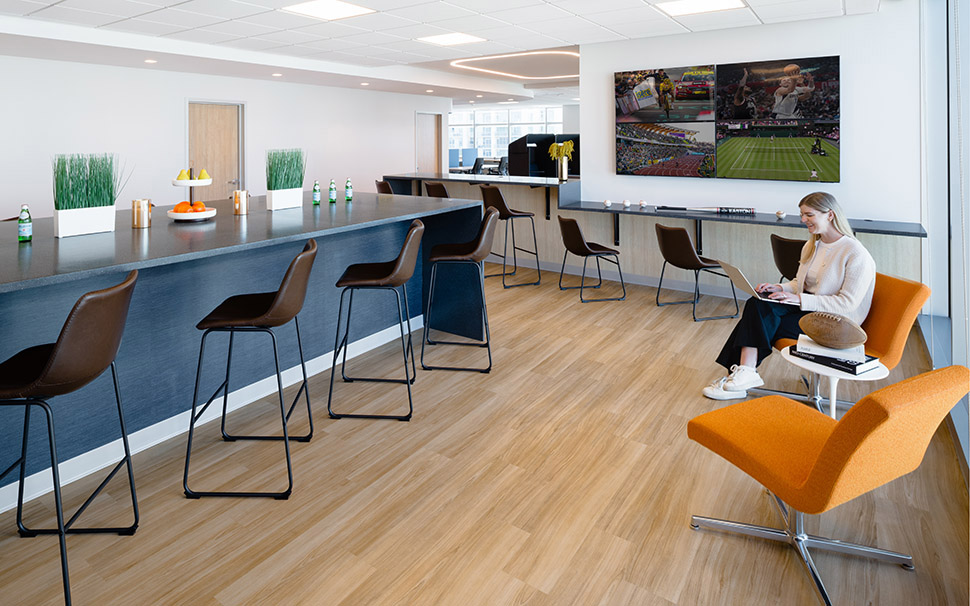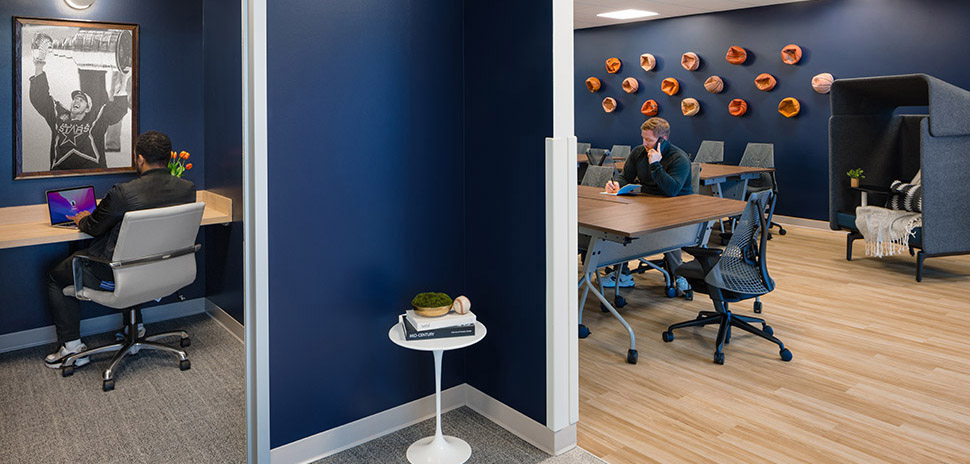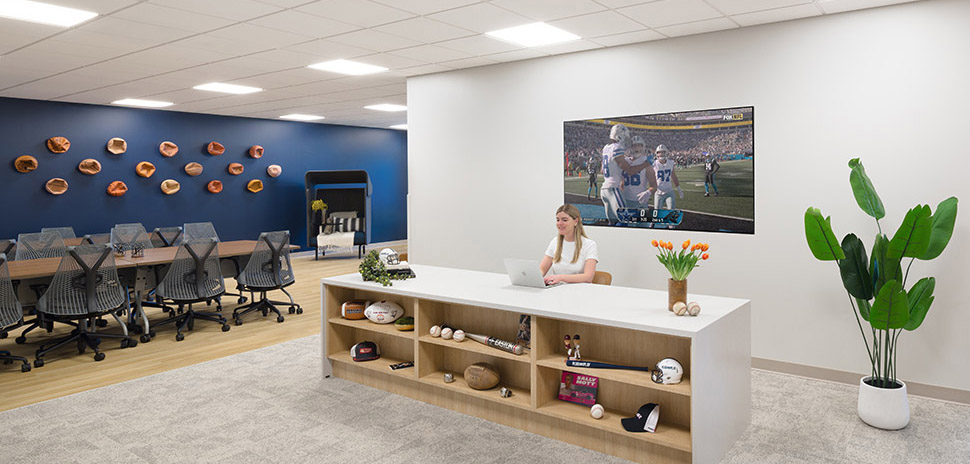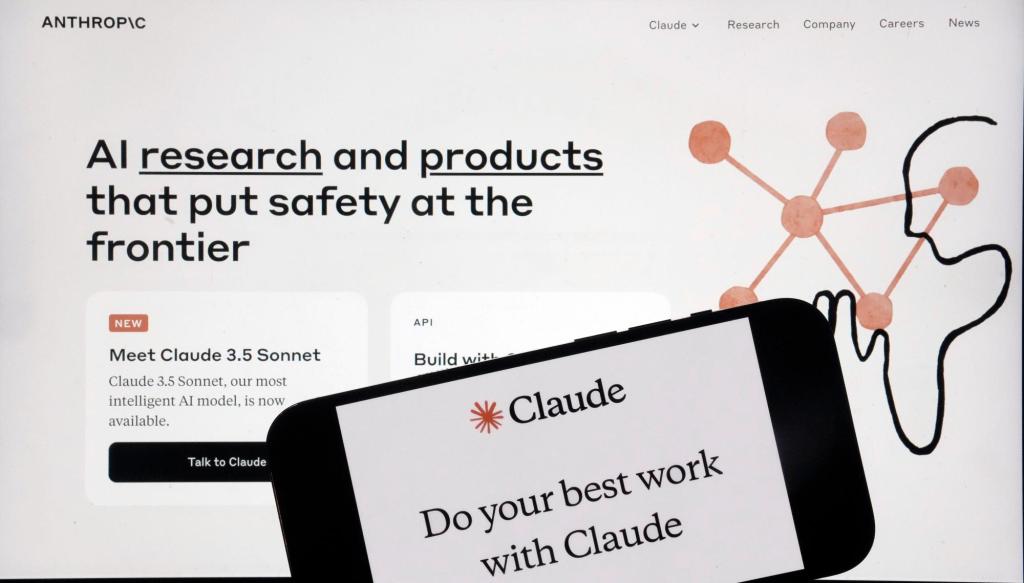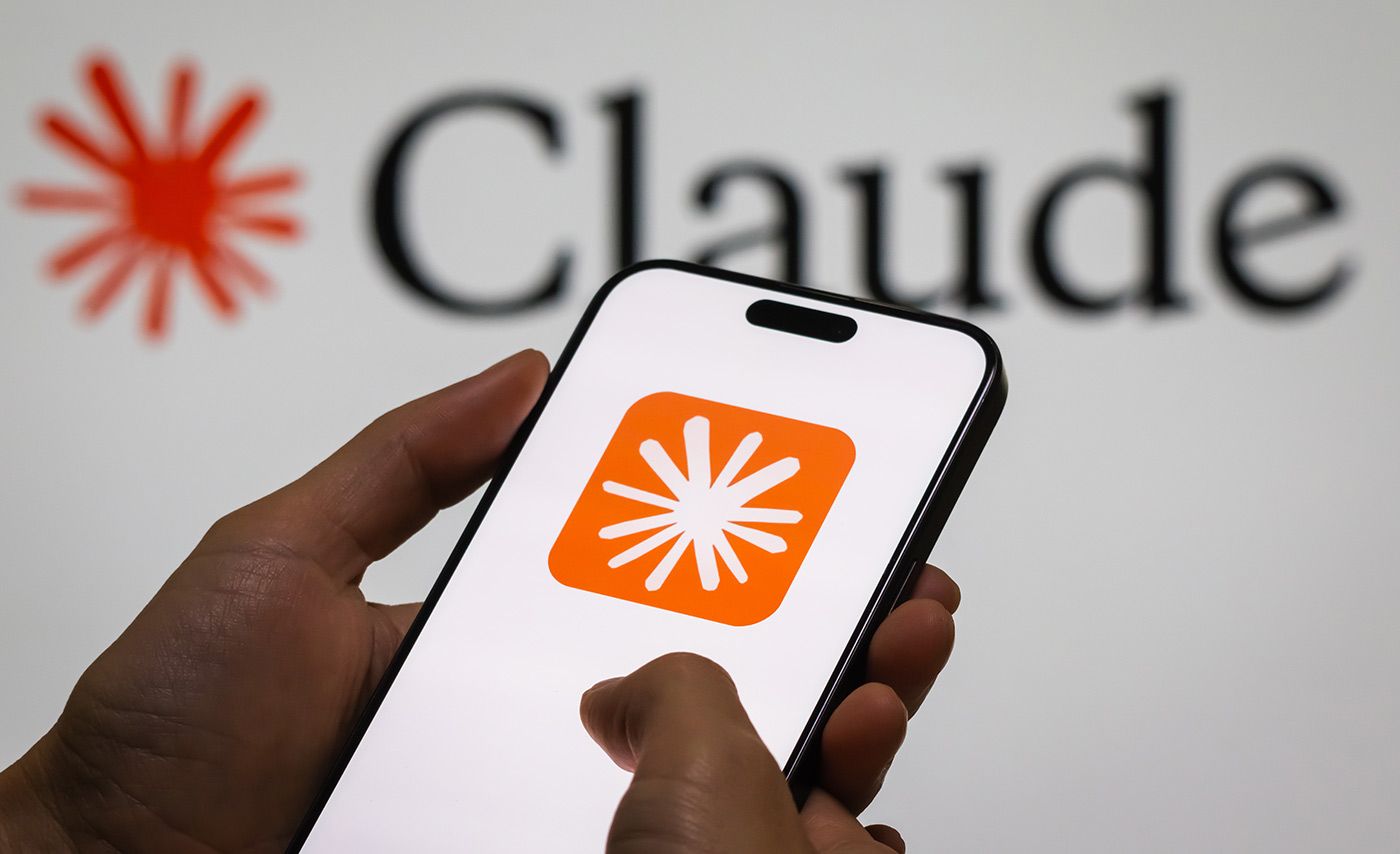Infrared tech is moving beyond saunas and into daily life. Athletech News spoke with Hologenix CEO and co-founder Seth Casden about the rise of passive wellness and how body heat–powered infrared is reshaping recovery, sleep and everyday health
Forget spa facemasks and infrared saunas. Infrared technology is moving beyond the spa and into the fabric of daily life—literally—into activewear, pajamas, sheets and even ski boots. It may not be a household concept yet, but one company is aiming to change that: Hologenix, a California-based materials science company behind Celliant, a proprietary blend of minerals that converts body heat into infrared energy.
To put it simply, that energy is reflected into the skin and muscles, where it helps increase local circulation and oxygenation at the cellular level, supporting performance, recovery and improved sleep. The technology is powered by a blend of natural bioceramic minerals, which can be embedded into fibers and fabric or applied as a topical coating, making it easy to integrate into everyday products, such as bedding, apparel and more.
And as consumer expectations around wellness continue to shift, infrared is stepping into a larger role, supporting a more passive and “always-on” approach to health. Seth Casden, co-founder and CEO of Hologenix, is positioning his company to lead that charge.
“In today’s world, we consumers don’t just want a brand name,” he says. “We are looking for accessible products that look good, feel good and have tangible benefits. That’s where infrared comes in. It’s the perfect balance—a technology that has been around long enough that it is science-backed and people are familiar with the recovery benefits from seeing it in saunas, but in a completely new format that makes it exciting.”

Infrared Goes Mainstream
Casden believes the timing is right for the wider adoption of infrared. The technology has credibility, thanks to its long-standing use in therapeutic settings, but now it’s showing up in performance wear, recovery gear and even home textiles.
“It is essentially up-leveling everyday products,” Casden says. “Most people already understand that infrared can help with faster recovery, and now are discovering it can also improve athletic performance and support more restful sleep.”
This versatility is fueling a new frontier in reimagining health, described by Casden as “passive wellness.”
The Rise of Passive Wellness
“Passive wellness is the idea that you can incorporate things into your daily life that don’t require active effort, but still support your overall health and well-being,” he explains. “I think we can all agree that an intense 60-minute long workout or going to a weekly spa appointment are great ways to live a healthy lifestyle, but those require quite a lot of commitment—time, energy and money.”

For consumers short on time, Casden says integrating infrared products like bedding, pajamas, kinesiology tape or socks containing an ingredient like Celliant can be a simple way to embrace passive wellness.
“It’s often things people are already doing or buying, but with a little bit more intention and a lot more payoff thanks to infrared,” he says.
Science vs. Skepticism
If passive wellness is the concept, peer-reviewed science helps ground it. Celliant has ten peer-reviewed, published clinical trials, something Casden says separates legitimate wellness tech from gimmicks.
“Consumers are smart,” he says. “They’ve become extremely well-versed in finding quality solutions and sussing out bogus claims. Science is the key to success when it comes to validating wellness claims.”
Scientific validation has become increasingly important in a wellness market crowded with self-proclaimed biohacks. Still, even with studies to support it, infrared faces a visibility problem—literally.
“The idea that you have to ‘see it to believe it’ is one of our biggest hurdles as a company,” Casden points out. “The hardest step is convincing people to give the product a shot, but once they do, the results are nearly immediate and they have incredibly positive feedback.”
To address skepticism, Hologenix has leaned on real-world demonstrations, like a grip strength test to give consumers a tangible sense of a technology that’s largely invisible.
“We’ll have people try out their grip using a hand-held dynamometer, squeezing as hard as possible to set their benchmark, and then retest after wearing a Celliant wristband just a few minutes later,” Casden says. “In most cases, their measured grip strength improves just by wearing the wristband.”
A Consumer Shift, A Brand Evolves
With growing interest in recovery, performance and sleep, Hologenix is expanding quickly and is launching its own direct-to-consumer offerings, beginning with the Infrared Dream Pillow Powered by Celliant, designed to enhance sleep through improved thermoregulation, circulation and cellular oxygenation.

The brand also appeals to eco-conscious consumers, as Celliant is known for its durability.
“Because the infrared-emitting minerals are embedded directly into the core of the fibers, they don’t wash out or fade throughout the useful life of the product,” Casden says. “The technology repurposes body heat, so the benefits don’t deteriorate over time—creating an exceptionally long lifespan.”
Next Stop: Healthcare
While Celliant is already used in some medical textiles and equipment, including bandages and wraps, Casden sees broader potential in clinical settings. He says the company continually evaluates new applications and is especially interested in expanding further into the healthcare sector.
“For example, people with diabetes are a population that might benefit from increased circulation,” he says. “There is definitely more work to be done around medical applications.”
A Vision for the Future
Ultimately, Casden sees infrared not as a performance enhancer, but as a foundational wellness tool.
“The dream is for every home to have infrared-enhanced products,” he says. “But if we can help improve the health of even one person I would consider it a success. I really believe that infrared can change lives and create a happier, healthier world. In 5 years, I hope that infrared technology has become more mainstream and there is a high level of consumer trust—and collectively, we are all getting more restful sleep, live at peak performance and recover well.”



